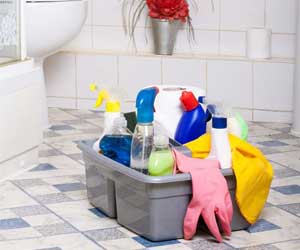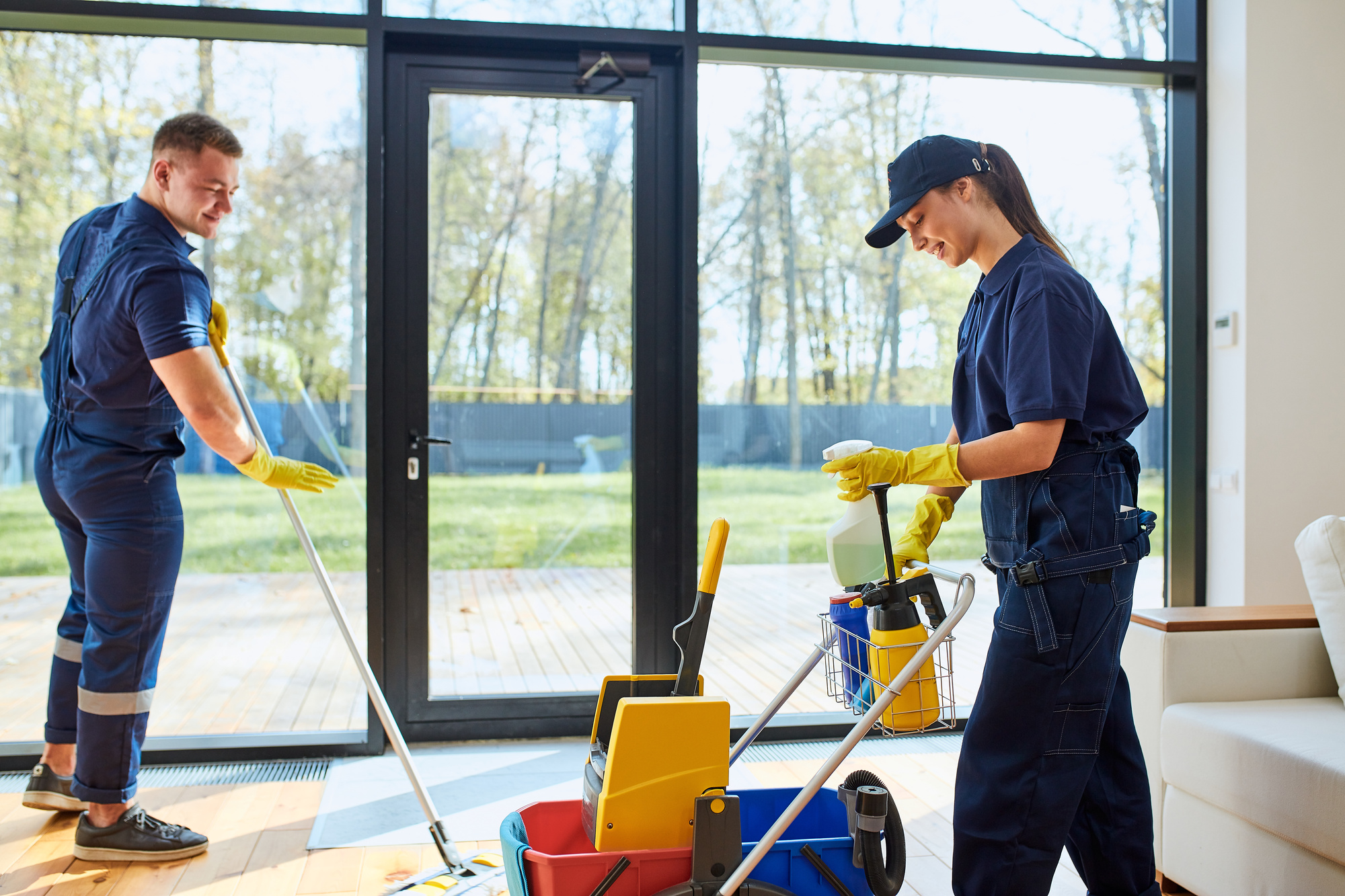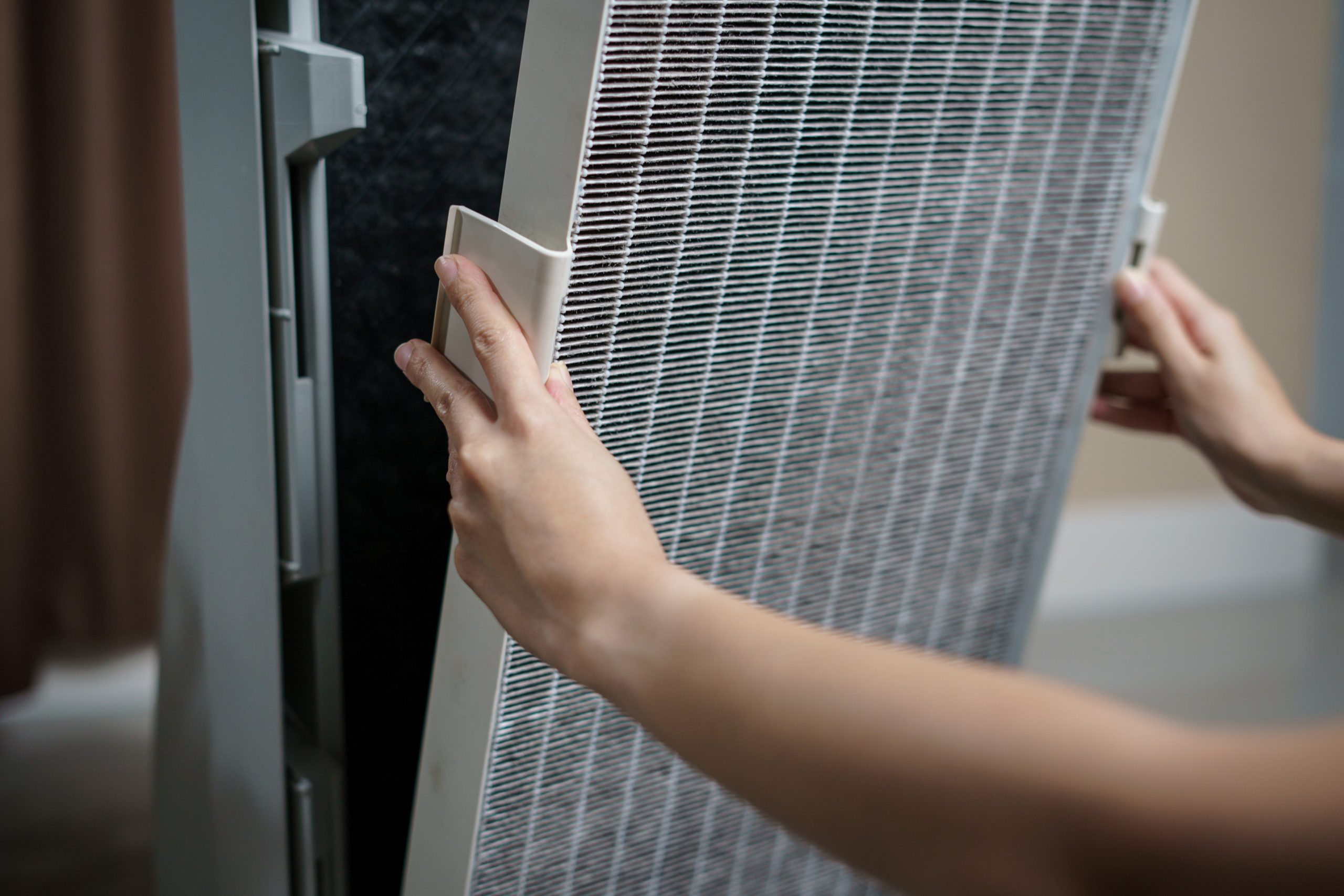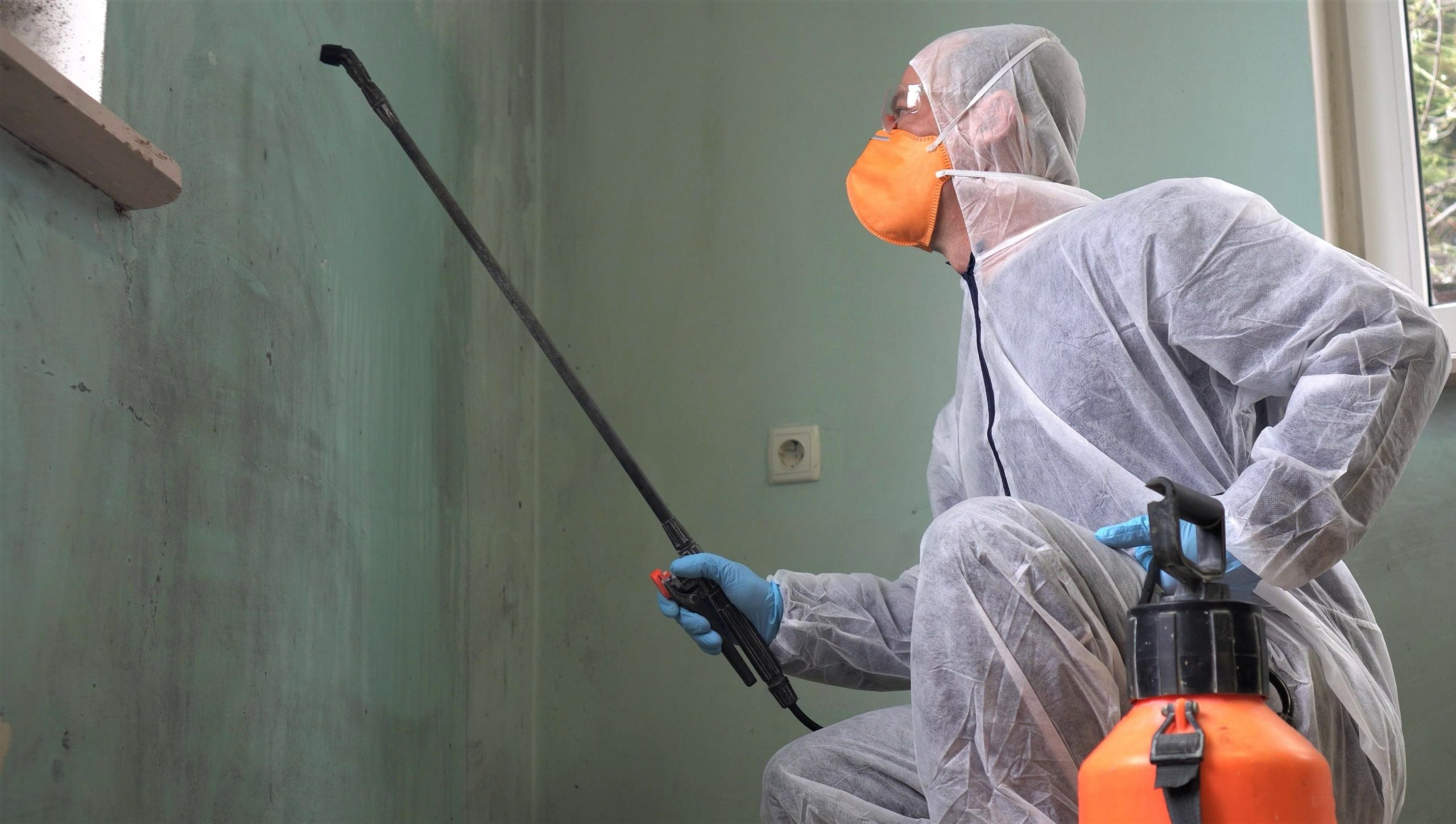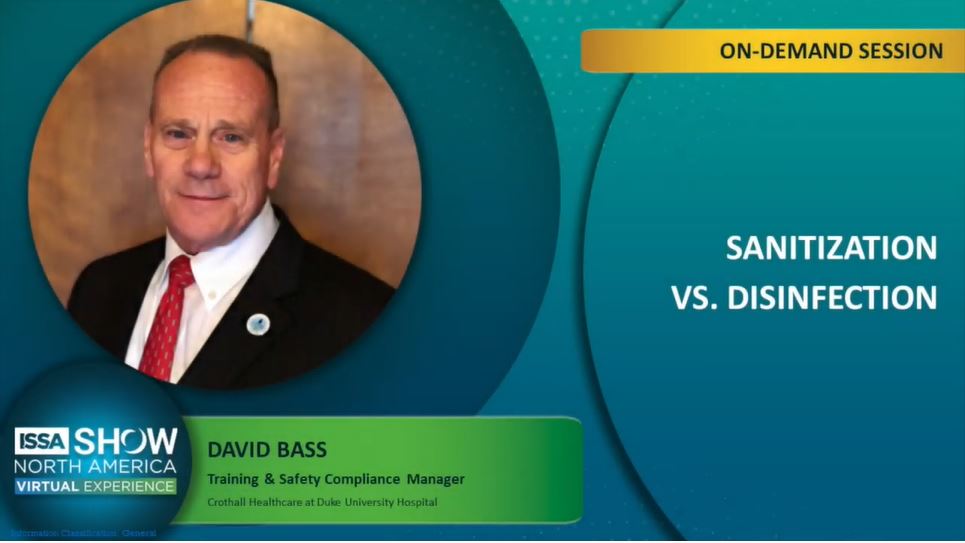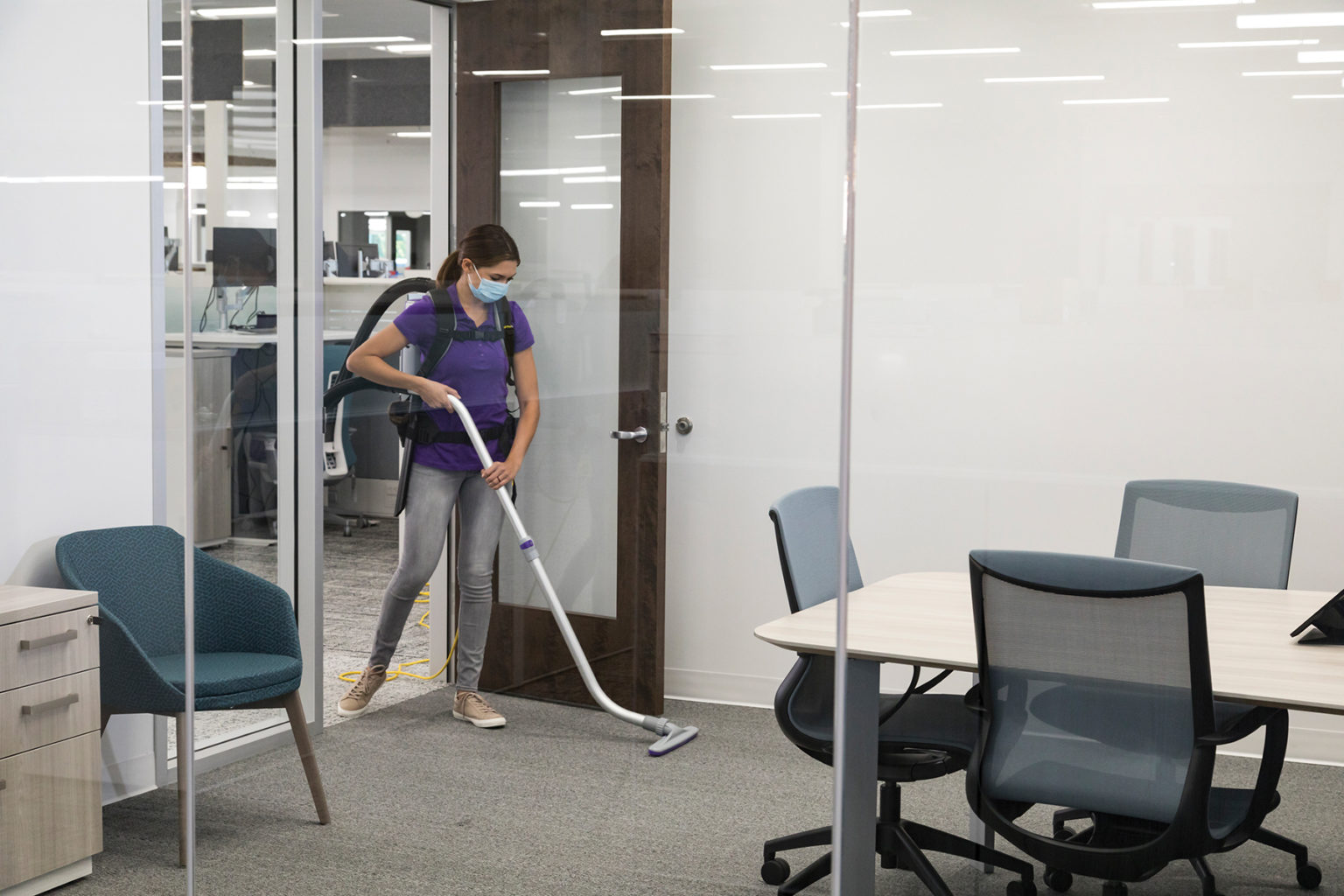Find their pain and fix it. Rinse and Repeat.
As most cleaning contractors know, there is invariably something that happens or something that is not happening that triggers a client to take bids and consider hiring a new cleaning contractor. Sometimes it’s a rate increase. When this happens, many managers are required to take bids just to ensure what they are paying and what you want to charge them in the future are competitive.
But more often than not, managers consider looking elsewhere when they see something that is not being taken care of and, in many cases, is getting worse. Common examples include the floors not being maintained properly or too many spots are visible in the carpet. But, very often, it is something very small that becomes very big over time, such as grout discoloration.
Once the grout on a tile and grout restroom floor begins to discolor, it can become a magnet and attract more and more soiling. This is because discolored grout is often caused by bacterial buildup, moisture, and chemical residue, which attract more soiling. We see this often happening with carpets. As spots develop, they tend to become worse over time because the soiling causing the spot attracts new soils, moisture, etc.; the same thing can happen with grout. Although it is less noticeable initially, once it builds up, it is very noticeable and can be much more difficult to remove.
A Case Study
A Chicago-area contract cleaning company was hired to take over the cleaning of five branches of a local bank. The five branches were all similar and built about the same time—in the late 1950s to early 1960s. While the front-of-house areas that bank customers see had been remodeled and updated several times over the years, little if anything had been done to the back-of-house areas, otherwise known as the staff areas.
The bathrooms all had outdated, one-inch by one-inch tile and grout floors. They scaled the entire floor and then climbed the walls to about waist height. Fortunately, the wall tiles were not very soiled and could be easily cleaned, but this could not be said of the floor tiles. The floor grout areas were very dark and soiled. The bank’s district manager, who hired the new contractor, made it clear that:
One, it was this grout soiling that made him look for another cleaning contractor and
Two, he wanted the grout areas cleaned and lightened up as much as possible, certainly much better than they currently appeared.
There are many reasons why grout discolors and turns brown or black and at the top of the list is the mop head and cleaning solution. Change mop heads frequently and definitely change the cleaning solution after cleaning each restroom floor. This can help slow the browning of grout areas.
Initial Cleaning Steps
Some easy and then some difficult measures were taken to clean the grout. The easy way was to clean the floors and then re-mop them using a properly diluted bleach solution. While there was some improvement, it was not enough to consider repeating, if for no other reason than the restrooms were not well ventilated. Not only was this poor ventilation likely one reason the grout had become so soiled—proper ventilation helps decrease moisture in restrooms—applying the bleach solution made breathing difficult and unhealthy.
The next attempt was to use brushes specifically designed for grout cleaning. Some of these brushes were literally the size of toothbrushes. Using a milder cleaning agent than bleach, the areas were coming clean while causing less negative environmental impact. However, the process was very slow. In one restroom, for example, the cleaning worker took over an hour to clean an area that was just about four square feet. At this rate, and with his other cleaning duties, it was estimated it would take two to four weeks to clean one restroom floor area in one bank—far too slow to consider.
A third option was to use low-speed buffers on the floor. This was certainly much faster; however it proved to be less effective than the manual floor brushing. If we examine the floor contact of a low-speed rotary machine, we see it hovers over the higher surfaces of the floor, which is the tile. It can be far more difficult for the machine to reach the lower areas, where the grout is located.
Dual Surface Cleaners
An option that was recommended to the contract cleaner was the use of dual surface machines. These are typically machines designed to clean both hard surface floors as well as carpeted floors. Since these machines can clean two surfaces—hard and soft floors—they can also provide cost savings to a cleaning contractor. How effective are they? In many cases, these dual surface machines can be very effective at cleaning both types of floor surfaces. In the case study, the contractor selected a portable carpet extractor. With a built-in heating element, heating the solution to approximately 212°F, the machine was already recognized as an effective carpet extractor.
For the tile and grout area in the restrooms, a cleaning solution was pre-sprayed over the floor and allowed to dwell. When using this technique, it is very important that the solution remain wet. If it dries, the pre-spray should be reapplied. After this, a powerwash wand attached to the extractor generated upwards of 1,200 psi with a powerhead rotating at about 1,400 rpms and was used over the floor. Because large volumes of water are used, the machine has auto-fill/auto-dump capabilities.
In this case, the dual surface machine proved very effective. One restroom was cleaned per night and all restrooms in all branch locations were cleaned in about two weeks. A sealant was then applied to the floors to help minimize soiling in the future.
Keeping the Client
We can learn something else from this story. It appears the original cleaning contractor rarely met with the bank managers or conducted any walk-throughs with them. This was a mistake. With regular office visits with this bank, the contractor likely would have heard about these tile and grout problems before they became serious—concerning enough for the client to look for another cleaning contractor. This reveals a good plan for working with all clients.
Sara Thurston has held several positions with Nilfisk, makers of professional cleaning equipment and manufacturers of the U.S. Products line of portable extractors. She now serves as communications manager for the company.

